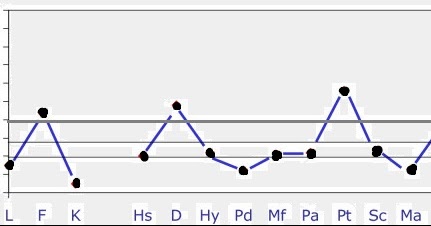

Indeed, the correlations between the Restructured Clinical (RC) scales and one or another of the MMPI-2 Content Scales or similar content-based scales all but invariably exceed those between the RC scales and their MMPI-2 Clinical Scale counterparts, as evident in the developers own data (Tellegen and Ben-Porath, 2008). In the end, the construct-driven MMPI-2 and MMPI-A morphed into content-driven, face valid instruments.


In fact, the MMPI-2-RF was less an evolution than a new creation, with the original empirical, contrasted groups, scale construction strategy abandoned in favor of a factor-analytic construction strategy, one directed in part by a model of mood (Watson and Tellegen, 1985), the credentials of which remain much in question (Ranson et al., 2009). For the last decade, the publisher of the MMPI instruments, the University of Minnesota Press, and its distributor, Pearson Assessments, told psychologists that “the standard has evolved” with publication of the MMPI-2-RF in 2008 and the MMPI-A-RF in 2016.


 0 kommentar(er)
0 kommentar(er)
